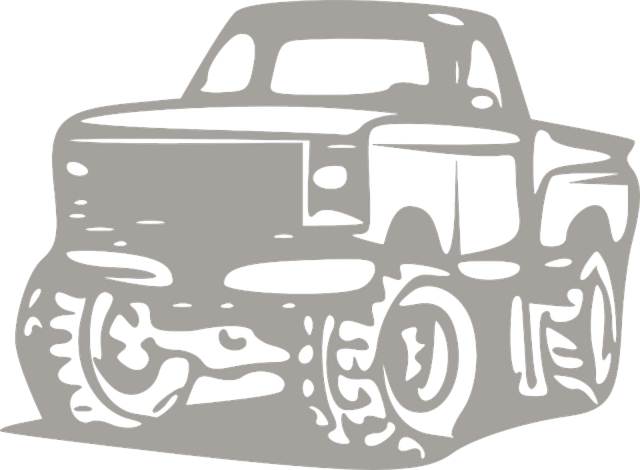In dynamic truck maintenance Brownsville, Texas, understanding recovery lines (tow ropes/straps) is paramount for mechanics. These tools are vital for various roadside assistance situations, from minor fender benders to severe accidents, given the city's heavy truck traffic. A comprehensive truck repair manual Brownsville Texas should include detailed guidance on recovery lines, empowering mechanics to: stabilize damaged trucks, prevent secondary damage, facilitate secure towing, and streamline recovery. Regular maintenance, as outlined in the manual, checks for wear, corrosion, and ensures proper fastening, alignment, tensioning, and securing of these lines for safe operations.
In the world of truck maintenance, knowing your recovery lines is crucial. This essential tool plays a vital role in ensuring optimal performance for trucks in Brownsville, Texas. This article acts as your comprehensive guide, offering insights into understanding and utilizing recovery lines effectively. From a truck repair manual perspective, we’ll explore how proper maintenance can prevent costly breakdowns. By the end, you’ll be equipped with the knowledge to keep your truck running smoothly on the highways of Brownsville.
- Understanding Recovery Lines: A Essential Tool for Truck Repair in Brownsville, Texas
- How to Utilize and Maintain Recovery Lines for Optimal Truck Performance
Understanding Recovery Lines: A Essential Tool for Truck Repair in Brownsville, Texas

In the realm of truck maintenance and repair, especially in vibrant cities like Brownsville, Texas, understanding recovery lines is an essential skill for any professional mechanic. Recovery lines, also known as tow ropes or recovery straps, are versatile tools designed to assist in various roadside assistance scenarios. These sturdy lines play a crucial role in safely extracting and transporting vehicles that have encountered mishaps, whether it’s a minor fender bender or a more significant accident.
Brownsville, with its bustling metropolis and heavy truck traffic, relies heavily on efficient and reliable truck repair services. A well-stocked truck repair manual in Brownsville Texas should include comprehensive guidance on recovery lines. Mechanics equipped with this knowledge can effectively navigate labyrinthine road conditions, ensuring the safety of both vehicles and individuals involved. By utilizing recovery lines, they can efficiently stabilise damaged trucks, prevent further damage, and facilitate secure towing, ultimately streamlining the recovery process.
How to Utilize and Maintain Recovery Lines for Optimal Truck Performance

Recovery lines are an essential component in maintaining optimal truck performance, especially for those relying on their vehicles for daily operations in Brownsville, Texas. These lines, part of a comprehensive truck repair manual, play a crucial role in ensuring efficient and safe operation. Regular maintenance is key; checking for any signs of wear, cracking, or corrosion should be part of your routine truck servicing. A simple inspection can prevent significant issues down the line, saving you from costly repairs.
When utilizing recovery lines, consider their purpose: to provide a secure connection during towing and recovery operations. Ensure they are properly fastened and aligned before any towing attempt. Referring to your truck repair manual for specific guidelines on tensioning and securing these lines is vital. Regular cleaning and lubricating the lines can extend their lifespan, guaranteeing their reliability when you need them most.
Recovery lines are an indispensable component of truck maintenance, especially in Brownsville, Texas. By understanding their purpose and implementing proper utilization and maintenance practices, fleet managers and mechanics can significantly enhance truck performance and reduce downtime. Incorporating these strategies into a comprehensive truck repair manual for Brownsville, Texas, ensures that vehicles remain reliable and efficient on the road, ultimately contributing to cost savings and improved operational productivity.
